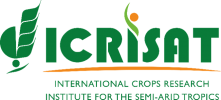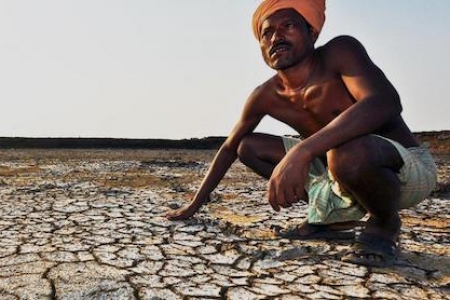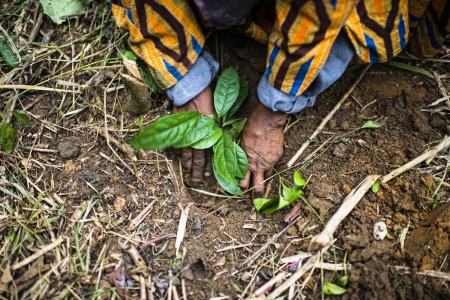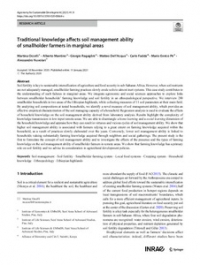Rainfed agriculture is globally very important as it covers 80% of the arable land, which is also home to millions of poor and malnourished people. Because of the position of rainfed agriculture on the topography, these areas are generally deprived of water, and current productivity of farmer’s yields are lower by two- to five-folds compared to the potential achievable yields. There is a large scope for not only increasing productivity and improving the livelihoods of the farmers, but also for enhancing the ecosystem services provided by rainfed areas globally. This activity largely focus to identify the different ecosystem services provided by rainfed agriculture, and ways and means to quantify such services and possible mechanisms for rewarding the poor farmers who provide such ecosystem services for sustainable development. ICRISAT has been involved in NRM research since its inception phase. Large amount of biophysical, meteorological, hydrological and cropping system data were collected at field and micro-scale watershed scale. Moreover intensive biophysical, socio-economic, land use and hydrological data was also collected from various community watersheds those are located in different rainfall and ecological regions provides huge opportunity to quantify various ecosystem services at different scale. Moreover these data also could be used to parameterize principle hydrological process, ecosystem trade-off and system level modeling to answer number of research questions regarding quantification and valuation of ESS at different scale.This activity aims to evaluate techno-economic feasibility of different interventions by analysing primary data on ecosystem provisions, namely crop and livestock production, hydrology, income and economic returnes compared to non-interventions control villages and using simulation models for assessing the on-site and off-site impacts.
menu











